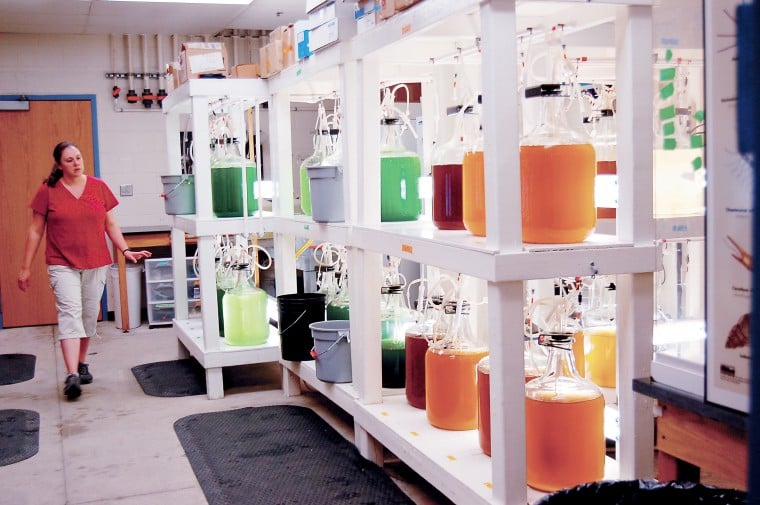

This is due to the very nature of bivalves, which are highly perishable and potentially risky for human health if not properly handled. Less than 5% of total world bivalve production enters international markets one of the lowest proportions in seafood trade. In the EU, France, Spain and Italy are the main importers of oysters, while France is also among the top exporting countries 5. The majority of oyster exports originate from Korea, France and China. Global Oyster Production: Key Locations and Volumes 2018 (1)Īnnually only around 50,000 tonnes of oysters are internationally traded. China accounts for around 85% of globally farmed oysters and consumes almost all of its own production 1, 5. Aquaculture production of oysters has increased substantially since 1990 from 1.2 million tonnes to 6 million tonnes in 2018 with a value of US$7.46 billion. Some species can be slower growing and less robust than the cupped oyster species, however they are often more highly prized gastronomically 4. Flat oysters have a much lower global production.Cupped oysters form the bulk of global oyster production and Pacific oyster is the main farmed species 1. the Sydney rock oyster and the New Zealand rock oyster are Saccostrea glomerata 2 the Japanese/ Portuguese/Pacific oyster are Crassostrea gigas 3. Cupped oyster species are genetically quite similar to each other and many geographically named oysters are the same species, e.g.They are then considered to be competent for metamorphosis, ready for the setting phase.There are two distinct types of oyster used in aquaculture the ‘cupped’ oysters ( Crassostrea/Saccostrea species ) and the ‘flat’ oysters ( Ostreacea): When they reach a size of 250 microns, the larvae become eyed, going from the veliger stage to the pediveliger stage.

The water is then changed and feeding is carried out on a daily basis with the different species of phytoplankton specified above. The larvae are regularly harvested on sieves of increasing size to check their growth and separate the biggest from the smallest. The resulting larvae then spend around twenty days growing. In triploid spawning, the eggs are crossed with sperm taken from tetraploid males supplied by IFREMER.Ģ4 hours after fertilisation, the larvae have usually gone from the trochophore stage to the "D"-larva stage (they are D-shaped). In diploid spawning, the eggs are mixed with the sperm taken from our diploid males. Individual sex is then determined by observation under the microscope and the females are separated from the males. With the latter technique, gametes (sperm and eggs) are obtained by gonad laceration. In the former technique, mature broodstock is placed into small individual spawning units and subjected to a number of shocks to stimulate the spontaneous release of gametes. Spawning can be induced by thermal shock or scarification. After a few days, the algae cells have multiplied and the operation is repeated until enough has been produced to feed the stock. The production process is sequential : every day a small volume of culture, known as inoculum, is diluted in a greater volume of well water. Feed microalgae can either be produced inside lit, temperature-controlled rooms or in outdoor ponds exposed to sunlight. The phytoplankton used to feed the broodstock and larvae is grown using a variety of methods depending on the species. Tetraploid broodstock is produced and kept by IFREMER and its supply for the production of triploid spat is tightly controlled and secure. Each batch is cleaned and fed every day with various species of phytoplankton. In the event of losses or poor analysis results, the batch is discarded. All the batches are monitored and analysed in order to ensure they are healthy from the start. Hot temperature conditions accelerate maturity at the start of the spawning season and colder conditions slow down the maturation process until the start of the autumn. It is thus possible to have spawning throughout the year by adapting the temperature and quantity of food. This staggered approach enables us to prepare mature oysters from January through to September. Once selected, these adult oysters are carefully cleaned and placed in rearing tanks on a two-monthly basis, from November to July. The activities that take place in this unit can be split into three categories: broodstock maturation, the production of phytoplankton and larval growth.įor several years now, diploid broodstock has been selected on the basis of origin and overall performance in terms of growth, shape, robustness, etc. The seawater used is filtered and purified on-site.

This first phase takes place in controlled conditions in a purpose-built facility. The oyster hatchery represents the first phase in the oyster spat production process.


 0 kommentar(er)
0 kommentar(er)
